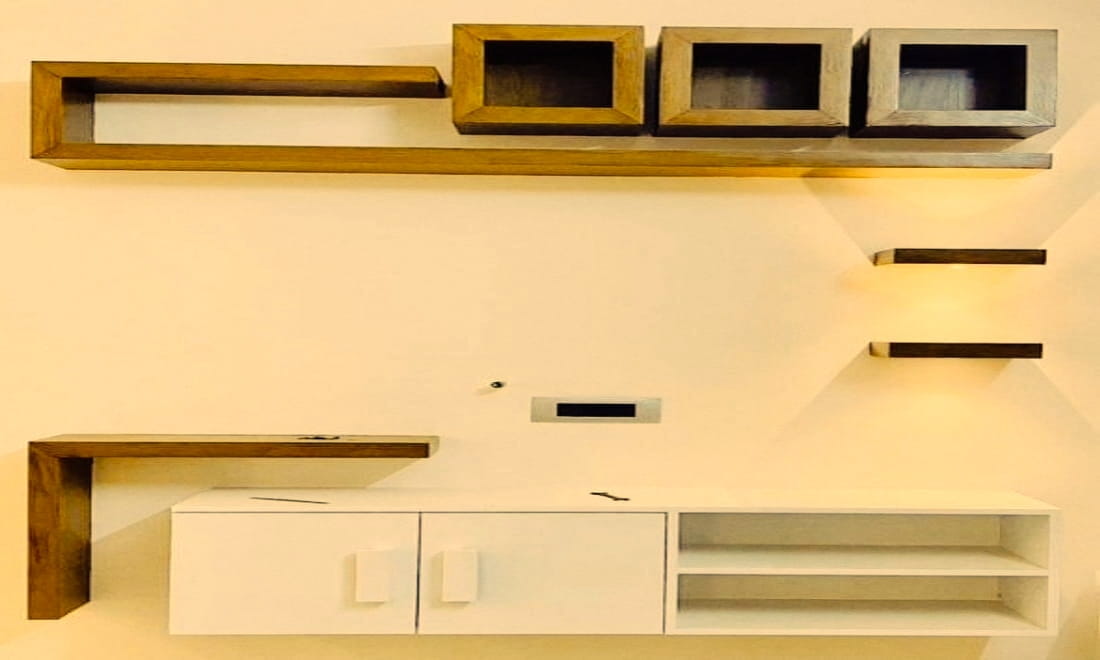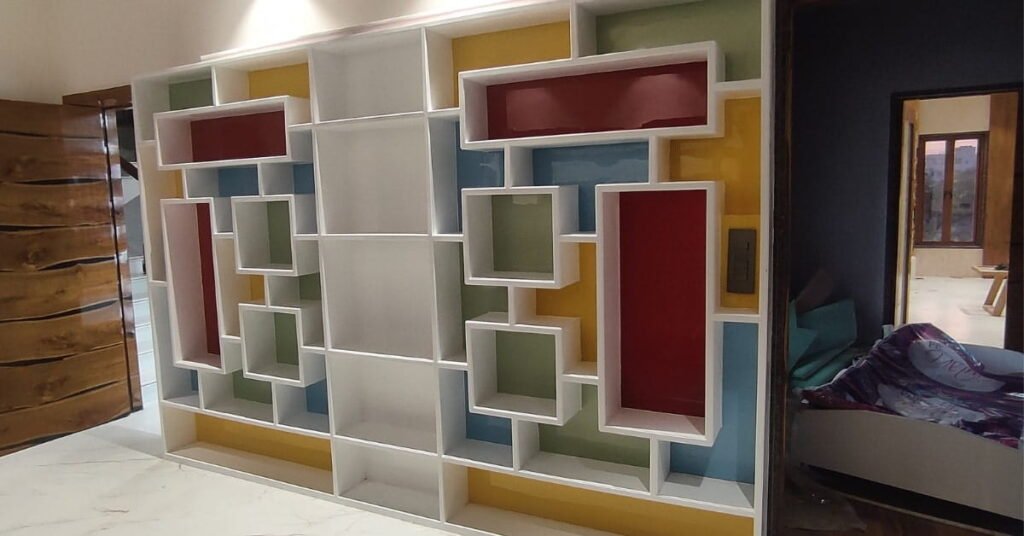as a website specializing in woodworking and DIY projects, you want to provide your readers with valuable information on choosing the right wood for shelves.
Crafting high-quality shelves requires careful consideration of various factors, such as durability, aesthetics, and cost-effectiveness. Decorate your single wall self.
natural wood for shelves

Natural wood shelves are rustic and timeless storage options made from real wood, often showcasing the beauty of natural wood grains and knots.
They can be used for displaying or storing various items and add warmth and organic charm to any space.
Natural wood shelves can be customized in different sizes, shapes, and finishes to suit different design preferences.
we will explore the different types of wood commonly used wood for shelves and help your readers make informed decisions.
wooden shelving units
 Wooden shelving units are versatile and practical pieces of furniture that can be used in various settings, such as homes, offices, libraries, and retail spaces.
Wooden shelving units are versatile and practical pieces of furniture that can be used in various settings, such as homes, offices, libraries, and retail spaces.
They are made primarily from wood for shelves, which provides a natural and warm aesthetic, and can be crafted in different styles, sizes, and finishes to suit different interior design preferences.
wood corner shelves

Wooden corner shelves are space-saving and functional storage solutions that can be used to display or store items in the corners of a room. This is 12 inch deep wood shelves.
They are typically made from wood, come in various styles and finishes, and can add a decorative touch to any room while maximizing the use of corner space.
Introduction: Introduce the importance of choosing the right wood for shelves, highlighting that it directly impacts the final quality and appearance of the shelves.
Mention that there are various factors to consider when selecting wood for shelves, such as durability, aesthetics, and budget.
-
Hardwood: The Durable and Premium Choice Discuss hardwood as an ideal choice for shelves due to its durability and strength. Explain that hardwood comes from deciduous trees, such as oak, maple, and cherry, and is known for its beautiful grain patterns and rich color variations. Highlight the long-term investment aspect of hardwood shelves, as they are resistant to wear and tear, and can last for generations. Provide insights on the different types of hardwood, their characteristics, and recomme ggnded uses for shelves.
-
Softwood: The Affordable and Versatile Option Highlight softwood as a budget-friendly and versatile option for shelves. Explain that softwood comes from coniferous trees, such as pine, fir, and cedar, and is known for its light color and relatively straight grain patterns. Discuss how softwood shelves are relatively easy to work with and can be stained or painted to achieve different aesthetics. Mention that softwood is suitable for less demanding applications and can be a cost-effective choice for DIY projects or temporary shelving solutions.
-
Plywood: The Engineered and Practical Alternative Explain plywood as an engineered wood product made by bonding multiple layers of wood veneers. Discuss how plywood offers increased stability, strength, and resistance to moisture compared to solid wood. Highlight its versatility for shelves, as it comes in various thicknesses and grades, making it suitable for different applications. Discuss the different types of plywood, such as hardwood plywood, softwood plywood, and Baltic birch plywood, and their respective uses for shelves.
-
Exotic Wood: The Unique and Stylish Option Introduce exotic wood as a premium and unique option for shelves. Discuss how exotic wood comes from rare or imported trees, such as teak, mahogany, and rosewood, and is known for its distinctive colors, grains, and durability. Mention that exotic wood shelves can be a statement piece in a room, adding a touch of luxuruy and elegance. Discuss the sustainability aspect of using exotic wood and highlight the need to source from reputable suppliers that adhere to responsible forestry practices. Conclusion: Summarize the key points discussed in the post, emphasizing the importance of considering factors such as durability, aesthetics, budget, and sustainability when choosing wood for shelves. Encourage readers to carefully evaluate their specific needs and preferences to make an informed decision. End with a call to action, inviting readers to explore more articles on your website for further guidance and inspiration.
buy online – https://www.pepperfry.com/


Comments are closed.